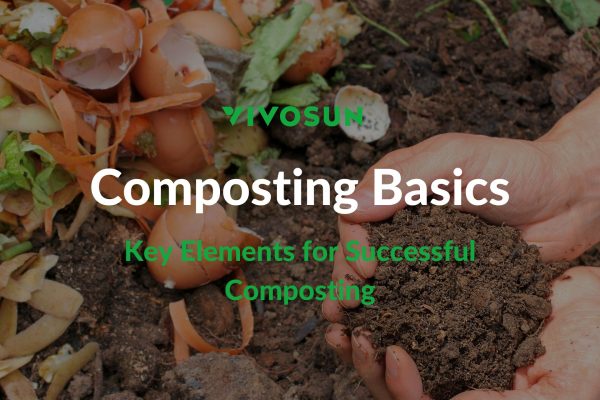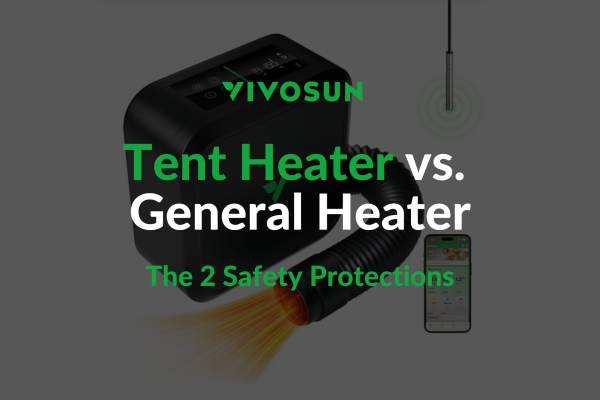What are HPS Systems? – All About HPS Systems
HPS (High-Pressure Sodium) lights are a type of grow light that is often used for growing cannabis (and other plants) indoors. They have been used for over one hundred years from growing to lighting up streets. They quickly fell out of favor for public lighting because their operation cost can be higher than other lights, but they are perfect for growing plants indoors.
HPS uses a relatively simple process of turning electricity into light: a current is passed through a pressurized tube that contains sodium gas under high pressure. This pressure causes the gas to vaporize and emit a light that glows yellow or red. This is great for growing indoors because reddish light is often used by plants to go through the process of photosynthesis and convert nutrients into amino acids.
Plants require multiple colors on the color spectrum to help a plant develop. Mainly, plants use blue light and red light. Blue light is used to develop structural components like stems and leaves and helps plants from over-stretching later in development. Therefore, blue light is best used during the vegetative stage of growth. On the other hand, red light is more utilized by plants than blue light; it helps plants grow large and develop buds and flowers. This, combined with the low cost of the HPS bulb, makes HPS systems an incredibly popular option for growers.
That said, HPS systems require more maintenance than LED systems, which have started to take over as the most popular growing option because they tend to last longer and are easier to use, and produce even better results. Let’s take a look at how we use HPS systems, what kind of benefits and drawbacks we can expect from an HPS system, and what you should look for when you’re buying an HPS system.
How Do You Use an HPS System? – All About HPS Systems
An HPS system is relatively easy to use but it requires a bit of extra equipment and setup.
In order to properly operate an HPS system, you will need the following items:
- A ballast: A ballast is a large device that converts the electrical current from your home outlet to a voltage that can be used by your light bulb. Usually, your home electrical voltage is 120V, but your lamp may need a specific voltage that isn’t possible to achieve without some way to convert it. A ballast does this. There are two types of ballasts, magnetic and digital ballasts. Today, magnetic ballasts are less common, and for good reason: they are less efficient, they produce more noise, and they produce electrical interference. Digital ballasts are more common, more efficient produce less heat, and don’t have any electrical interference like the magnetic ballast produces.
- A reflector: A reflector is usually made with aluminum that has been polished so that it reflects as much light as possible. The best rating you can expect is around 95% reflectivity, which means that 95% of the light energy that hits the reflector will bounce off and go somewhere else, allowing you to get as much light focused on your plants as possible. A reflector will also include a socket that plugs into your ballast, or, even better, you have a ballast and reflector combination that is built together. This is better because you want as short of a wire connection between the ballast and the socket – the longer the connection, the more magnetic interference will be emitted, causing problems with Bluetooth devices, TVs, and cell phones.
- A bulb: Of course, HPS systems need a light bulb. These bulbs are two components: an external glass shell and an internal glass tube that holds the sodium gas. Be careful not to touch the bulb with your bare hands as the oils on your hands will cause the bulb to degrade and crack over time. It is better to handle these light bulbs with gloves. You might also notice that the inner tube of the light bulb has a black sooty appearance after you’ve used it. This is normal: this black powder is the sodium residue and will disappear when you heat up the bulb again.
Also, remember that your HPS system does indeed take time to heat up – usually about 15 minutes – and your bulb may not produce any heat or light for the first few minutes. Remember never to turn off your light bulb until it has fired up all the way – always give your bulb time to turn on before turning it off again. Constant on/off may over time cause problems with both the ballast and the bulb.

What are the Benefits and Drawbacks of HPS Systems – All About HPS Systems
| Benefits | Drawbacks |
| Affordable | The lightbulb dims over a short amount of time but stays lit for a long time |
| Produces a lot of heat so it is good for cold environments | Produces a lot of heat so it is bad for hot environments |
| Produces a lot of light | Produces a lot of light that if not managed correctly will cause burns |
| Great spectral output for plants and can cover a whole cycle of growth with proper supplements | The proper supplement includes using MH bulbs during certain stages to reduce stretching |
| Has a lot of evidence of being an effective system, so the industry has been standardized and bulbs are generally reliable | Requires a lot of power |
| Helps speed up growth compared to MH systems | Requires a lot of attention and cannot be automated |
| Increased costs in the long run | |
| Ventilation and temperature control are extremely important for maintaining a good environment |
What Should I Look For When Buying an HPS System – All About HPS Systems
Luckily, buying an HPS system is relatively easy because most HPS bulbs are standardized and have been over the past century – there is a lot of history with these bulbs so you can expect manufacturers to know what they’re doing. That said, we should look at a few different factors that will help lead you to know whether an HPS system is worth your time and money:
- Cost
- Online reviews
- Material
- Lifespan
Cost:
HPS systems, including a bulb, reflector, ballast, and accessories, range from $100 for a basic kit to about $400 for a full kit with air cooling. These systems all work well but the cost point should be a major consideration. If you see a company offering far less or far more than other companies there is likely a reason why, but you can expect prices to fluctuate throughout the year as sales come and go as HPS systems are a well-studied and well-known light type.
Online Reviews:
Reviews for HPS systems are extremely important. There is little variation or quality difference between brands because the technology is so well-known and well-researched so relying on customer reviews will help guide you to reliable manufacturers that have a good record of customer service because HPS bulbs can break during transport or earlier than expected.
Well-rated systems are common and customers are aware that a good HPS system is actually easy to find but a reliable company is not so be sure to follow up on what people say about the manufacturer rather than just the system itself.
Material:
For the most part, HPS systems come with a stainless-steel casing and powder coating paint to resist rusting. The primary components to be concerned with are the reflector material and the quality of the material of the ballast. Reflectors should be made of high-quality aluminum that has a very high reflectivity rating (we want above 90% reflectivity). If the reflector gets dirty, simply wipe it with a microfiber cloth; don’t expose it to anything that could stick. The ballast should be powder coated and made of steel so it should feel heavy, it should not dent when hit, and it should include heatsink fins.
Lifespan:
A ballast should last between 3 and 5 years. A bulb you can expect to last around 15,000 hours but you should also expect that the bulb will start dimming and not working as powerfully after a few thousand hours (that’s a major drawback of this type of system). A reflector will last you a lifetime!
As always if you have any questions you can message our Instagram or Facebook and we’ll be glad to help you out! We’re happy you’re on this journey and we want to help in any way we can.
Subscribe to the VIVOSUN newsletter for growing tips, grower stories, and special offers, and get 12% off your first order!
We love the new VIVOSUN Smart Grow System and we are certain that you too will love it once you try it.
And join our Facebook farmer’s community for even more exclusive contests and prizes!
Download VIVOSUN App to get 18% off and explore more information!







